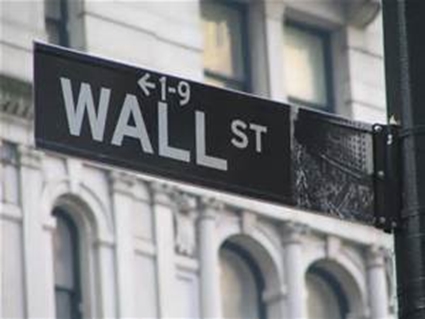March 16, 2016
For Americans, The Planet is on sale

Conventional wisdom has it that cheaper energy costs leave consumers around the world with more money to spend, thus stimulating most countries' economies to one degree or another.
Over the past year, the price of oil has dropped by about 80 per cent but growth remains anemic. Moreover, worries are escalating that the U.S. and the rest of the world are on the brink of a recession, despite zero – and in some cases negative - interest rates, and trillions of dollars in liquidity.
Although central banks have been pumping money into the global economy, about all they have to show for it is sharply higher stock prices.
A 30 per cent surge in the value of the U.S. dollar against other currencies has countered the anticipated benefits of lower oil prices.
For many years the U.S. depended on petrodollars from oil exporting countries to purchase U.S. debt instruments -mainly U.S. treasuries. This kept U.S. interest rates low, as the demand for U.S. treasuries resulted in higher prices for the treasuries and lower yields, which translated into lower interest rates.
In 2013, oil exporters didn't just export oil, they also exported $60 billion into financial markets and in 2012 they spent $248 billion on foreign financial paper (mainly US). At its peak, about $500 billion a year was being recycled back into financial markets.
Due to plummeting oil prices, this scenario changed in 2015. It was the first time in 18 years that energy exporting countries took capital out of financial markets. In other words, oil exporters are now pulling liquidity out of financial markets rather than putting money in.
Because the petrodollars were drying up the U.S. markets needed a new source of funding. In order to attract foreign investment, all the U.S. Federal Reserve needed to do was boost interest rates by as little as .5 per cent and foreign capital poured into U.S. financial markets.
Higher interest rates pushed the dollar’s exchange rate higher, thus triggering capital flight in the emerging markets, which are already struggling with plunging commodities prices and an excruciating slowdown.
The investment flows from the emerging markets to U.S. financial assets and treasuries helped offset the loss of petrodollar revenue, while expanding Wall Street’s stock market bubble.
This kept stocks soaring, and kept borrowing costs from rising further. Although the U.S. economy is better shape than most of the rest of the world, continued high unemployment means a continued softening of consumer demand. That, combined with the equity-price and other bubbles produced by the Fed's quantitative easing policies, and with the declining position of the U.S. dollar as reserve currency, might suggest that we're looking at something resembling a high-wire act.
In the meantime, best interest rates are attracting investment to the U.S., while the rapid devaluation of other currencies against the dollar is being abetted by foreign governments and central banks. Countries are fighting for market share by making their goods and services cheaper.
A country that devalues its currency puts itself on sale, which can revive growth by slashing the value of its exports but also makes its stocks, real estate and other assets relative bargains for foreigners.
For Americans, the planet is on sale.
Moreover, a stronger dollar means emerging market countries' debts – which are in U.S. dollars are going to balloon accordingly (in real terms) which is going to push a lot of businesses off a cliff, forcing sovereigns to step in and provide emergency bailouts.
Meanwhile, as foreign imports become cheaper and more attractive to U.S. consumers this reduces hiring at home. The current account deficit should also widen significantly, meaning that the U.S. will again be consuming much more than it produces.
But according to a 2015 report by the Bureau of Economic Analysis (BEA): “Our current account deficit has narrowed sharply since the crisis…The U.S. current account deficit now stands at 2.5 percent of GDP, down from more than 6 percent in the fourth quarter of 2005.”
The Obama administration's fiscal belt-tightening seems to be working. So while stock prices have doubled or tripled in the last 6 years, according to the Center for American Progress (CAP) – a progressive public policy research and advocacy organization – from 2002 to 2014 annual growth rate of total compensation of workers, including benefits has risen 2.26 per cent in nominal terms and .26 per cent in real terms. How do you expand a consumer-dependent economy, when workers are seeing their wages remain stagnant?
Meanwhile, U.S. hegemony in the Middle East is fuelled by the power of the petrodollar. The U.S. dollar still represents at least 60% of the world’s reserve currencies. While it doesn't appear that recent moves to replace the U.S. dollar by Iran, Russia and China will replace the U.S. dollar as the world’s most used currency in the near future, the world is gradually making moves to transition away from the U.S. dollar without causing any major disruptions in the world economy; and that is what makes Washington very nervous.








